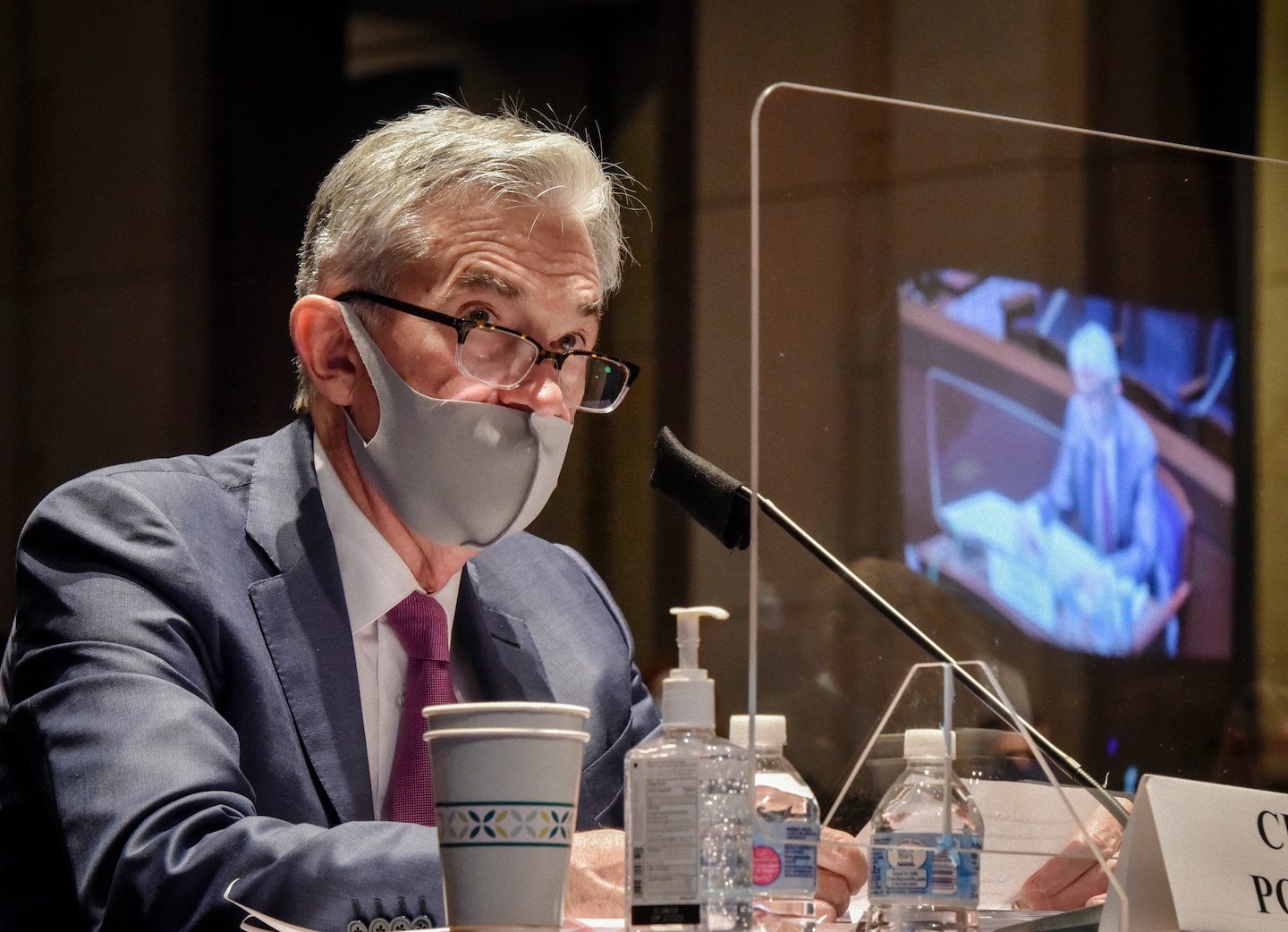The Federal Reserve projects the economy to improve next year, with unemployment falling to 5.5 percent by the end of 2021

By August, the rate had already fallen to 8.4 percent, lifting hopes that the economy was finding its footing. The last time Fed policymakers released their projections in June, they expected the unemployment rate to fall to 9.3 percent by the end of the year, 6.5 percent by the end of 2021 and 5.5 percent by the end of 2022.
The Fed also said it would increase holdings of Treasury securities and agency mortgage-backed securities at the current pace. Fed leaders say these moves have staved off an even deeper financial crisis.
The Fed was quick to slash interest rates to zero in March, and Wednesday’s projections support widespread expectations that rates will remain low for some time. Most officials saw rates staying at zero through 2023, with a few policymakers projecting rate hikes by the end of that year.
“The COVID-19 pandemic is causing tremendous human and economic hardship across the United States and around the world,” policy makers said in a statement released Wednesday. “Economic activity and employment have picked up in recent months but remain well below their levels at the beginning of the year.”
Fed Chair Jerome H. Powell will appear at a news conference at 2:30 p.m. where he is expected to elaborate on the Fed’s thinking, where the economy is now and where the recovery could be headed.
The projections, which are completed anonymously by Fed policymakers, offer a snapshot into how Fed leaders think unemployment will trend in the years to come. But there is plenty the estimates do not account for.
For example, Congress is stalled on another massive stimulus bill, so the projections don’t factor in what the economic benefits of a rescue package might be, or how the absence of more aid could weigh on struggling households and businesses. Economists and policymakers also fear that the upcoming flu season, paired with a potential rise in coronavirus cases, could weigh on the broader recovery.
Fed policymakers expect rates to remain at zero “until labor market conditions have reached levels consistent with the Committee’s assessments of maximum employment and inflation has risen to 2 percent and is on track to moderately exceed 2 percent for some time,” according to the statement.
That’s due to the scale of the current crisis and the Fed’s new policy framework which signals that the central bank won’t increase interest rates to respond to low levels of unemployment, and that leaders won’t worry as much about low rates triggering a rise in prices. Still, the Fed has offered little concrete information on how the new framework will be put into practice, and Powell will likely be questioned on the Fed’s plans at his news conference.
The framework also allows for a temporary overshoot of the Fed’s 2 percent inflation target to balance out periods when inflation skirted below. According to the latest projections, officials did not see inflation topping 2 percent by the end of 2023, raising further questions about how the Fed expects prices to rise in such a way that the new strategy is put to the test.
The economy added 1.4 million jobs in August, an encouraging sign that people were able to go back to work after Powell warned that a summer surge in coronavirus cases was starting to slow the pace of the recovery. The auto and residential real estate sector have also posted strong sales. And retail sales figures released Wednesday showed positive signs for consumer spending.
But there’s a long way to go. Just over half of the 22 million total jobs lost between February and April have not returned. Many of the Fed’s interventions lift the stock market but do little for Americans who don’t hold investments. And as more time passes, many businesses teetering on the brink risk permanent closure.






